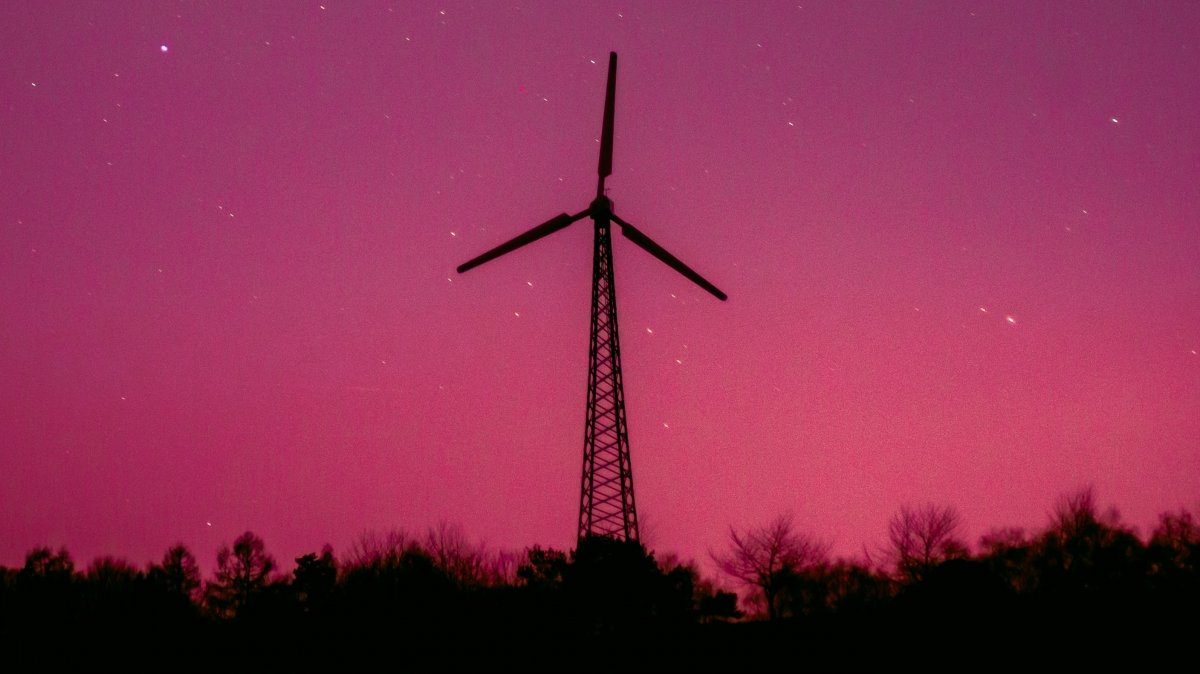Power to Liquid: The potential for “excess” electricity
Source: Heise.de added 14th Jan 2021Since there has been a constant debate lately about synthetic fuels (“Power to Liquid”, PtL) as an alternative to battery-electric cars, here is a small calculation.
First of all, it is undisputed that the direct use of electricity for driving is many times more energy-efficient than the detour via chemical substances. If the electricity has to be generated for this, PtL is quite a waste of energy.
But, proponents of PtL argue, “surplus” can be used for this “Take green electricity. After all, when there is a lot of wind and little demand, wind turbines are always switched off. This means that the operators have to take their systems off the grid, but still receive remuneration for the electricity that is not generated. So it makes more sense to use it to generate flammable hydrocarbons.
That is basically correct. But how much “surplus” electricity is there anyway? What size are we talking about here?
Failure work According to the Federal Network Agency, in the year 2019 around 6482 GWh of “lost work”, mainly for wind power. The reason for this was not a lack of demand, but a bottleneck in the network – namely “too around 83 percent in the transmission network or in the network level between transmission and distribution network “.
Now that alone is not an argument against SynFuels. However, you have to make it clear that the factories would then have to be built in the immediate vicinity of the wind turbines and the finished product would have to be distributed to the rest of the country by pipeline or tanker – which would put a corresponding burden on the energy balance that is really more efficient than grid expansion or local electricity storage? And couldn’t something smarter be done with electricity through sector coupling? Let’s leave this aside and turn to the question of how much e-fuel can be produced with the existing failure work.
The basis for this is provided by a study by Ludwig-Bölkow-Systemtechnik for the Federal Environment Agency. 2016 it has the example of a factory with an annual capacity of 100. 000 Tons calculated, how much electricity what methods are used to produce synthetic kerosene. The figures should be comparable for diesel and gasoline.
Efficiency The most efficient path is then the High-temperature electrolysis in connection with the Fischer-Tropsch synthesis. Where the required carbon dioxide comes from also has a decisive influence. If it is already available in concentrated form – for example from the processing of biogas, from the separation of fossil power plants or from cement production – the study comes to an efficiency of 64 percent. Specifically: 613 MWh for 32, 8 tons of kerosene, i.e. 53, 5 kg / MWh. If the CO 2 first has to be filtered out of the air, it is only 39 kg / MWh.
(For a well-to-wheel balance, one of course also consider the efficiency of the combustion engine, approx. 35 to 45 percent. Even without the expenses for transporting the fuel, a maximum of one third of the electrical energy used would come even in the most optimistic scenario on the axle of a car. In the literature one finds significantly lower values. In an e-car, the well-to-wheel efficiency should be 80 – percent range.)
If you plug in the entire 2019 regulated green electricity in an optimal PtL production (and if there is enough concentrated CO 2 available) at best, to just barely 350. 000 tons of Ker osin. The kerosene consumption of the German airlines alone amounted to around 9.1 million tons in the same year (11, 4 billion liters). With PtL you could cover a little more than 3.8 percent of the demand.
The quota is even lower if you look at road traffic: 2019 around 38 million tons of diesel and 28 Millions of tons of gasoline consumed. With PtL from the failure work, just 0.6 percent of it could be generated. It can of course be done, but it does not make a significant contribution to the decarbonisation of transport. (grh)
brands: 11 Approx Best Built Carbon Diesel Direct First Fischer Fossil local Million One media: Heise.de
Related posts
Notice: Undefined variable: all_related in /var/www/vhosts/rondea.com/httpdocs/wp-content/themes/rondea-2-0/single-article.php on line 88
Notice: Undefined variable: all_related in /var/www/vhosts/rondea.com/httpdocs/wp-content/themes/rondea-2-0/single-article.php on line 88
Related Products
Notice: Undefined variable: all_related in /var/www/vhosts/rondea.com/httpdocs/wp-content/themes/rondea-2-0/single-article.php on line 91
Warning: Invalid argument supplied for foreach() in /var/www/vhosts/rondea.com/httpdocs/wp-content/themes/rondea-2-0/single-article.php on line 91
